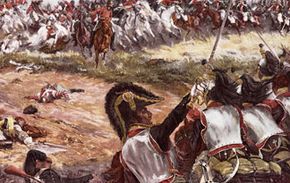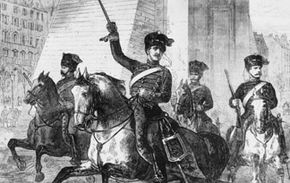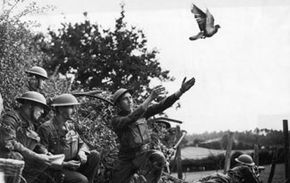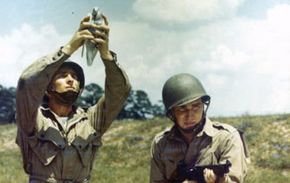Key Takeaways
- Carrier pigeons have played crucial roles in history, such as during Marc Antony's siege of Modena and the Battle of Waterloo, where they delivered critical messages.
- During the siege of Paris in 1870, pigeons were used to send messages using microphotography, and in World War I, Cher Ami saved the Lost Battalion with a heroic flight.
- G.I. Joe, a pigeon, saved British troops in World War II by delivering a message that prevented a scheduled bombing.
With the popularity of cell phones and e-mail, it's already hard to imagine how people got along without them. Harder still is picturing life before the telegraph -- or even a sophisticated postal system. However, one of the most amazing early methods of communication endured from ancient times until well into the 20th century: the carrier pigeon.
For thousands of years, humans have recognized the remarkable homing mechanism of pigeons. If you release a homing pigeon hundreds of miles from its nest, it will invariably return home. It's as if they have a built-in GPS. In fact, we still don't know exactly how their homing mechanism works. Most researchers believe pigeons use a "map and compass method" by determining both direction from the sun and the earth's magnetic field.
Advertisement
Whatever the method they use, pigeons have served as invaluable to people who need to send important messages over long distances. In the process, some special pigeons have saved hundreds of lives and were even decorated by governments. We'll go over some of these remarkable stories in the following pages.





